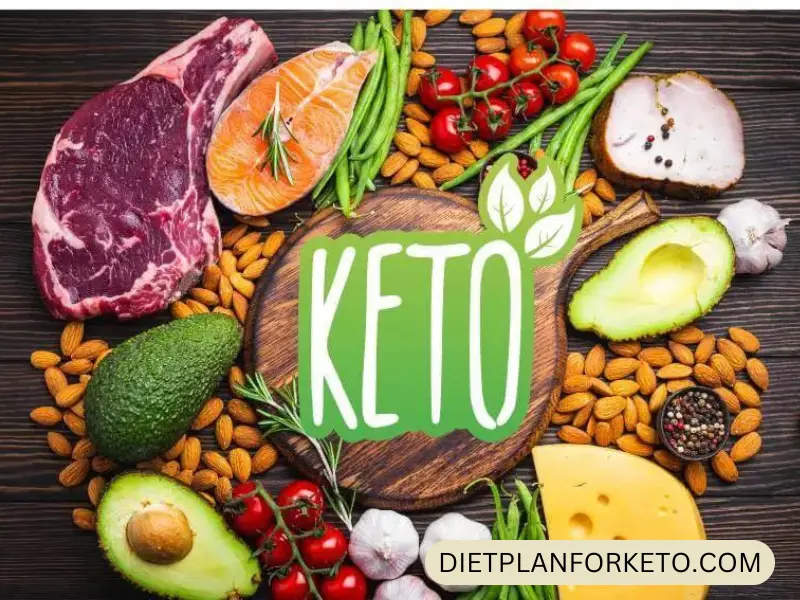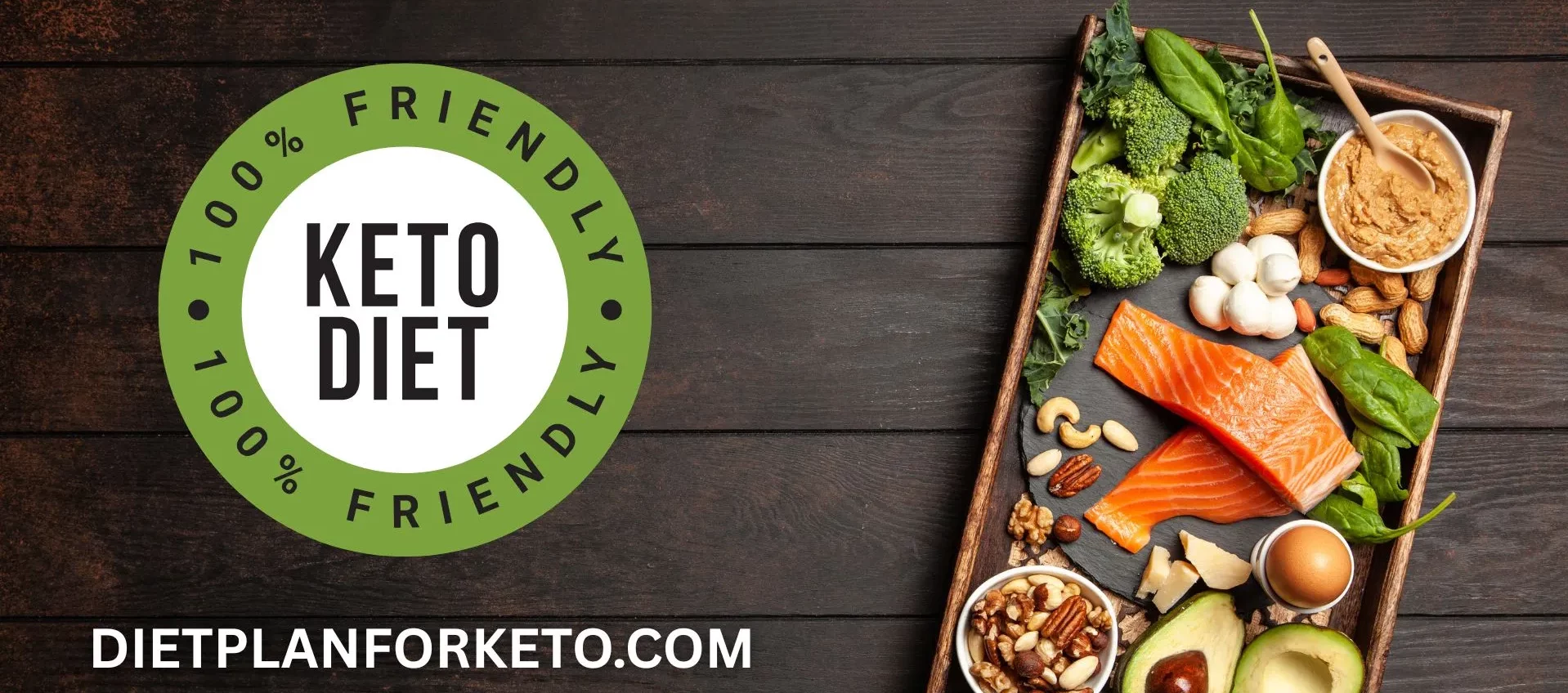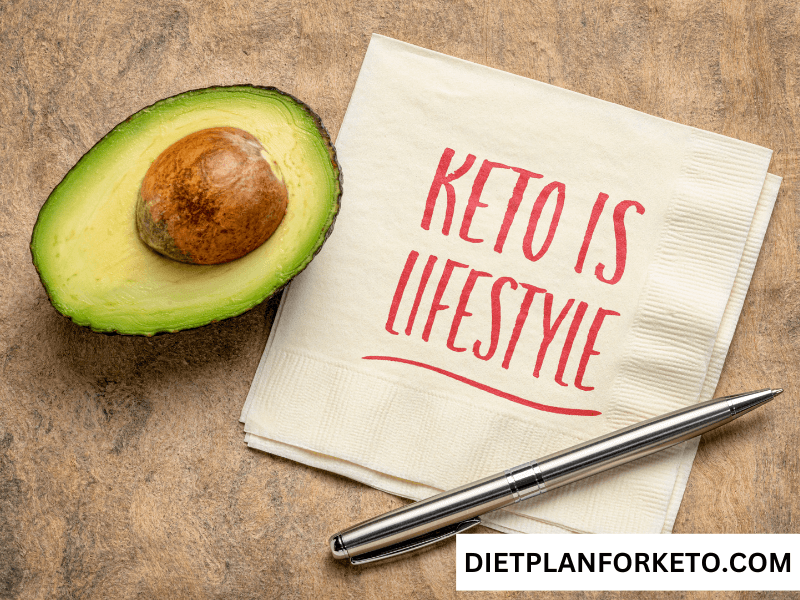Whether you’re new to the ketogenic lifestyle or a seasoned pro, chances are you’ve found yourself craving something sweet now and then—especially ice cream. The good news? You don’t have to give up this frozen treat.
With the right ingredients and techniques, you can make rich, creamy, low-carb keto ice cream at home that satisfies your cravings without kicking you out of ketosis.
In this guide, you’ll learn everything you need to know to get started—including ten delicious, low-carb recipes you can whip up in your kitchen.
Table of Contents
- Why Make Keto Ice Cream at Home?
- Key Ingredients in Keto Ice Cream
- Tools You’ll Need (And Easy Alternatives)
- Base Techniques: With or Without a Machine
- Top 10 Keto Ice Cream Recipes (with Nutritional Info)
- Common Mistakes and How to Fix Them
- Storage and Serving Tips
- Where to Learn More About Keto Desserts
- Pros and Cons of Making Keto Ice Cream
- Conclusion
1. Why Make Keto Ice Cream at Home?
Store-bought keto ice creams are convenient, but they often come with a hefty price tag, and some contain questionable ingredients like artificial sweeteners or preservatives. Making keto ice cream at home gives you full control over:
- Ingredients
- Sweeteners
- Nutritional content
- Flavor customizations
- Portion sizes
Plus, it’s surprisingly easy—and fun—to do.
2. Key Ingredients in Keto Ice Cream
Here’s a breakdown of the most commonly used keto-friendly ingredients:
- Heavy Cream: High fat, low carb—perfect for creaminess.
- Coconut Milk: A dairy-free, high-fat option with a tropical twist.
- Egg Yolks: Used in custard-style bases for extra richness.
- Cream Cheese: Adds smoothness and tang.
- MCT Oil or Powder: Adds fat and improves texture.
- Sweeteners: Erythritol, allulose, monk fruit, stevia, or blends.
- Flavorings: Vanilla extract, cocoa powder, coffee, berries, etc.
- Thickeners: Xanthan gum or gelatin (optional, for scoopable texture).
3. Tools You’ll Need (And Easy Alternatives)
Basic Tools:
- Whisk or hand mixer
- Mixing bowls
- Measuring cups/spoons
- Saucepan
Optional (But Helpful):
- Ice cream maker
- Blender or food processor
- Silicone molds (for single-serve portions)
No ice cream maker? No problem. We’ll show you how to make “no-churn” versions too.
4. Base Techniques: With or Without a Machine
Custard Base (With Eggs):
- Heat heavy cream and sweetener.
- Whisk egg yolks separately.
- Temper eggs with hot cream, then return to stove.
- Cook until thickened, cool, then churn.
No-Churn Base (No Eggs):
- Mix heavy cream, sweetener, and flavorings.
- Whip until soft peaks form.
- Freeze in container, stirring occasionally.
Coconut Milk Base:
- Blend full-fat coconut milk with sweetener and flavoring.
- Chill and churn or freeze directly.
5. Top 10 Keto Ice Cream Recipes
Each recipe includes ingredients, step-by-step instructions, and net carbs per serving.
1. Classic Vanilla Keto Ice Cream
Ingredients:
- 2 cups heavy cream
- 1/2 cup powdered erythritol
- 1 tbsp vanilla extract
- Pinch of salt
Instructions:
- Whisk all ingredients until smooth.
- Churn in ice cream maker or freeze for 3 hours, stirring every 30 minutes.
Net carbs: 2g per serving
2. Chocolate Fudge Keto Ice Cream
Ingredients:
- 2 cups heavy cream
- 1/3 cup unsweetened cocoa powder
- 1/2 cup allulose
- 1 tsp vanilla extract
Instructions:
- Blend everything together.
- Chill and churn or use no-churn method.
Net carbs: 3g per serving
3. Strawberry Coconut Milk Ice Cream
Ingredients:
- 1 can full-fat coconut milk
- 1/2 cup chopped strawberries
- 1/3 cup monk fruit sweetener
Instructions:
- Blend ingredients until smooth.
- Pour into container and freeze.
Net carbs: 4g per serving
4. Keto Mint Chocolate Chip Ice Cream
Ingredients:
- 2 cups heavy cream
- 1/2 tsp mint extract
- 1/2 cup erythritol
- 1/4 cup sugar-free chocolate chips
Instructions:
- Whisk cream, sweetener, and mint.
- Fold in chocolate chips and freeze.
Net carbs: 3g per serving
5. Peanut Butter Swirl Ice Cream
Ingredients:
- 2 cups heavy cream
- 1/2 cup natural peanut butter
- 1/3 cup allulose
- 1 tsp vanilla
Instructions:
- Mix all ingredients except peanut butter.
- Churn or freeze, swirling in peanut butter before solid.
Net carbs: 3g per serving
6. Keto Mocha Ice Cream
Ingredients:
- 2 cups heavy cream
- 2 tbsp instant coffee
- 2 tbsp cocoa powder
- 1/2 cup erythritol
Instructions:
- Heat cream and whisk in other ingredients.
- Chill and churn.
Net carbs: 3g per serving
7. Keto Salted Caramel Ice Cream
Ingredients:
- 2 cups heavy cream
- 1/2 cup allulose
- 2 tbsp butter
- Pinch of sea salt
Instructions:
- Melt butter and sweetener to form caramel.
- Stir in cream and salt, chill, then churn.
Net carbs: 2.5g per serving
8. Avocado Lime Ice Cream
Ingredients:
- 1 ripe avocado
- 1 cup coconut milk
- Juice of 1 lime
- 1/3 cup monk fruit sweetener
Instructions:
- Blend all ingredients.
- Freeze in molds or a loaf pan.
Net carbs: 3g per serving
9. Blueberry Cheesecake Ice Cream
Ingredients:
- 2 cups heavy cream
- 1/2 cup cream cheese
- 1/2 cup blueberries
- 1/3 cup erythritol
Instructions:
- Blend cream cheese, sweetener, and berries.
- Mix with cream and churn.
Net carbs: 4g per serving
10. Keto Cookies and Cream Ice Cream
Ingredients:
- 2 cups heavy cream
- 1/2 cup chopped keto cookies
- 1/2 cup allulose
- 1 tsp vanilla
Instructions:
- Whisk all but cookies.
- Churn and add cookies at the end.
Net carbs: 3g per serving
6. Common Mistakes and How to Fix Them
- Too Icy: Add more fat or use allulose instead of erythritol.
- Too Hard: Let it sit out 10 minutes before scooping.
- Not Creamy: Whip cream before freezing or add xanthan gum.
7. Storage and Serving Tips
- Store in an airtight container to avoid ice crystals.
- Let thaw before serving for best texture.
- Add keto-friendly toppings like nuts, berries, or sugar-free syrups.
8. Where to Learn More About Keto Desserts
For more keto dessert recipes and ideas, check out a reputable low-carb blog like “DietDoctor” or search for keto-specific dessert books and cookbooks that focus on sugar-free living.

9. Pros and Cons of Making Keto Ice Cream
Pros:
- Total control over ingredients
- Healthier than most store-bought options
- Budget-friendly in the long run
- Fully customizable for dietary needs
Cons:
- May require special ingredients
- Time-consuming compared to grabbing a pint
- Texture can vary without a machine
- Can be hard to portion-control (it’s that good!)
10. Conclusion
Making keto ice cream at home isn’t just doable—it’s fun, satisfying, and allows you to enjoy dessert without sacrificing your goals.
Whether you’re craving a simple vanilla scoop or a fancy layered flavor, these recipes and tips will help you stay on track while indulging in a sweet treat.
With some practice and creativity, your freezer will soon be stocked with better-than-store-bought keto ice cream options!


